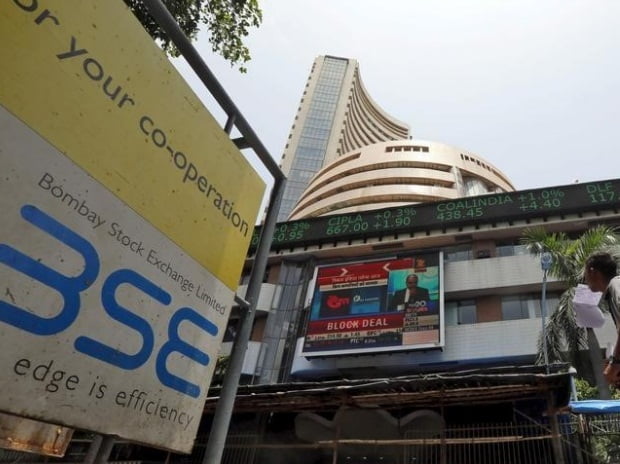
After a prolonged lull, a bunch of share buyback offers are in the market.
Such offers are typically undertaken by companies when share prices are perceived to be attractive (usually below intrinsic worth). This helps improve their stock valuation and, hence, reward the shareholders.
Read more from our special coverage on “BUYBACK”
- Corp Affairs Ministry amends norms related to buyback offers
From the success of Just Dial’s buyback offer, they met this objective. After plunging 45 per cent in a fortnight to Rs 420-odd in mid-February, the company announced a stock buyback, for 25 per cent of the shares. It now trades at Rs 740, almost twice its 52-week low in December 2015.
In the case of Dr Reddy’s Laboratories, specifics of the scheme are to be announced but the stock has recovered about 10 per cent from its 52-week low since the time its buyback plan was made public.
The question is if 2016 will see a return of buybacks. These had dried last year, after 21 offers in 2014. Tightening of Securities and Exchange Board of India norms on these offers did its bit to restrict companies from going big on such plans. For now, though, even as the benchmark S&P BSE Sensex is still down 10 per cent year-to-date and equities gaining significantly after the Union Budget, experts believe that as concerns of a bear market are not fully erased, one can expect more buyback offers this year.
“A bear market is a preferred scenario for buyback,” explains Jagannadham Thunuguntla of Karvy Stock Broking. “Whenever there is a correction in secondary markets and share prices come down significantly, companies opt for it.”

Experts say with the broader markets still showing sideways movement and a majority of stocks continuing to lag their 2014 performance, particularly in the mid-cap and large-cap space (market capitalisation upwards of Rs 5,000 crore), expect more buyback offers. Also, with corporate earnings not so good in the past year or so, companies have conserving cash. Now, with hope for 12-15 per cent growth in FY17 earnings, companies might opt for this to spruce their depressed valuation.
Deven Choksey of KR Choksey Investment Managers says a stock buyback is a function of cash utilisation and economic conditions. “If a stock is trading at lower than its intrinsic value and stock market conditions are also depressed, buyback is a good way of improving return on equity for investors,” he says.
The number of floated shares reduces after a buyback scheme, adding support to the earnings per share, thereby making more attractive its price-earnings ratio and return on equity. However, he cautions, if the markets stage a strong comeback, companies might not opt for a buyback.
As for investors, buybacks offer good exit opportunities when the investment conviction is not very high. For instance, among the ongoing buyback plans, Tips Industries has gained nearly eight per cent since the opening of its buyback offer and Onmobile Global about 15 per cent. Whereas Gujarat Apollo’s stock has lost 12 per cent after a buyback rollout.
However, for investors with a long-term horizon, buyback is an indicator of higher perceived intrinsic value, compared to its stock price. Choksey advises that if investors see value in a company, they should remain invested in the stock and not exit by using the buyback.
[“source-Business-standard”]





